Home>Storage & Organization>Kitchen Organizing Tools>Why Does My Cat Roll Around In The Litter Box?
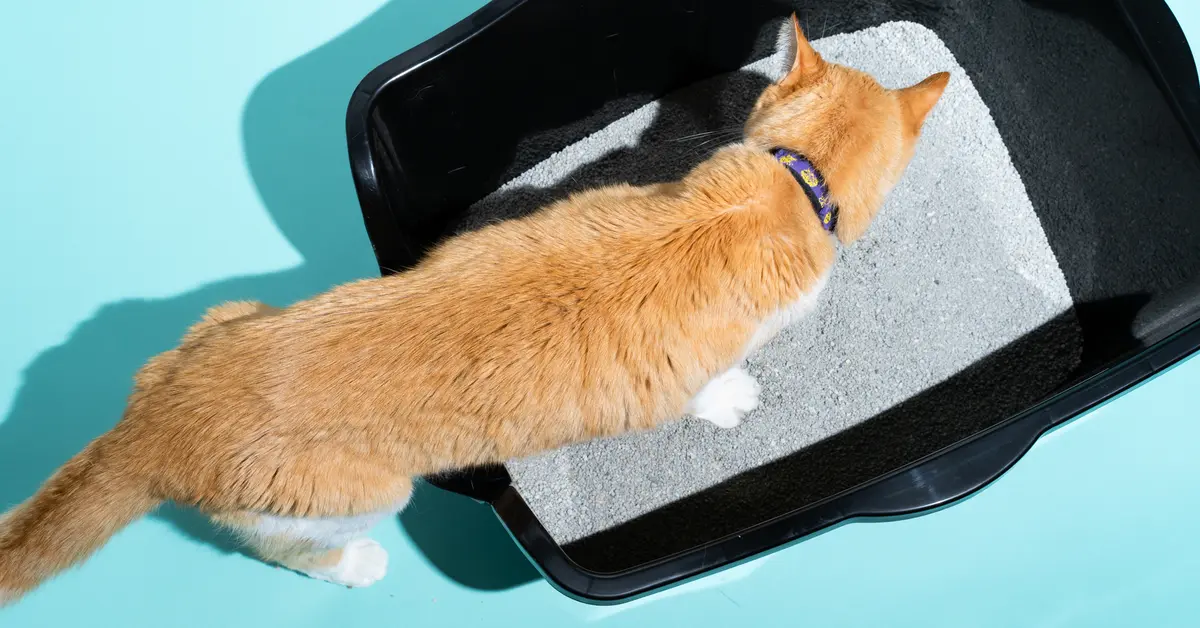

Kitchen Organizing Tools
Why Does My Cat Roll Around In The Litter Box?
Published: February 23, 2024
Discover the best kitchen organizing tools to keep your space clutter-free. Find practical solutions for a tidy and efficient kitchen.
(Many of the links in this article redirect to a specific reviewed product. Your purchase of these products through affiliate links helps to generate commission for Storables.com, at no extra cost. Learn more)
Introduction
Cats are fascinating creatures with a myriad of behaviors that often leave their human companions puzzled. One such behavior that frequently raises eyebrows is when a cat rolls around in the litter box. This peculiar action can be both perplexing and concerning for cat owners, prompting the question: "Why does my cat do this?"
In this article, we will delve into the possible reasons behind this behavior, shedding light on the instincts, emotions, and health considerations that may drive a feline to engage in such an activity. Understanding the motivations behind a cat's tendency to roll around in the litter box can provide valuable insights into their world, allowing us to better comprehend and care for our beloved feline friends.
Key Takeaways:
- Cats roll in the litter box to mark their territory and communicate with other cats. It’s like leaving a “scent message” to show that the box belongs to them.
- Rolling in the litter box can also be a sign that a cat is seeking comfort and security. It’s like finding a cozy, safe spot to relax and feel at home.
Read more: Why Does My Cat Spray In The Litter Box?
Instinctual Behavior
Cats are inherently driven by their instincts, which often manifest in their behaviors. When a cat rolls around in the litter box, it may be rooted in their natural instincts. In the wild, felines are meticulous about their personal scent, as it plays a crucial role in communication and survival. Rolling in the litter box could be a way for domestic cats to mimic the behavior of their wild counterparts.
By rolling in the litter, a cat may be attempting to mask its own scent with the scent of the litter, thereby camouflaging itself from potential predators. This behavior harks back to their ancestral instincts for self-preservation. Additionally, in the wild, cats often roll in various substances to mark their territory with their scent. This territorial marking behavior is deeply ingrained in their instincts and can carry over into the domestic setting, leading them to roll in their litter box as a way of claiming it as their own space.
Furthermore, rolling in the litter box may serve as a form of sensory exploration for cats. Their keen sense of smell and tactile sensitivity prompt them to investigate and interact with their environment in unique ways. The textures and scents of the litter may stimulate their senses, providing a sensory experience that aligns with their instinctual curiosity and exploration.
In summary, the instinctual behavior of rolling in the litter box can be attributed to a cat's innate drive to mask its scent, mark its territory, and engage in sensory exploration. Understanding these instinctual motivations can offer valuable insights into the complex world of feline behavior, allowing cat owners to appreciate and accommodate their pets' natural inclinations.
Marking Territory
Cats are territorial creatures by nature, and their instinct to mark their territory is deeply ingrained. In the wild, felines use scent marking as a means of communication, establishing boundaries, and conveying vital information to other cats in the area. This instinctual behavior is carried over into the domestic environment, where cats exhibit similar territorial marking tendencies, including within the confines of their litter box.
When a cat rolls around in the litter box, it may be engaging in a form of scent marking to assert its ownership of the space. The act of rolling in the litter allows the cat to deposit its own scent onto the granules, effectively marking the box as its territory. This behavior serves as a declaration of ownership, signaling to other pets in the household that the litter box is claimed territory.
Moreover, the scent left behind by the cat serves as a form of communication, conveying information about the cat's presence and status within the household. Other cats in the vicinity can detect these olfactory cues, gaining insights into the dynamics of the feline hierarchy and territorial boundaries within the home. This form of scent marking can help reduce potential conflicts and establish a sense of order and familiarity within the shared living space.
In multi-cat households, the act of rolling in the litter box can also be a response to inter-cat dynamics. Cats may engage in scent marking as a way to assert their position and maintain a sense of security within the social structure. By leaving their scent in the litter box, cats can communicate their presence and reinforce their territorial boundaries, contributing to a harmonious coexistence among the feline residents.
Understanding the significance of marking territory through litter box behavior provides valuable insights into the complex social dynamics and communication methods employed by cats. By recognizing and respecting their innate drive to mark their territory, cat owners can create an environment that supports their pets' natural instincts, fostering a sense of security and stability within the home.
In summary, the act of rolling in the litter box can be attributed to a cat's instinctual drive to mark its territory through scent, communicate its presence, and establish a sense of ownership within the household. This behavior reflects the intricate social and territorial dynamics that shape feline interactions, offering a glimpse into the fascinating world of cat behavior and communication.
Cats may roll in the litter box to mark their territory with the scent glands on their face and to spread their own scent. It’s a natural behavior, but if it becomes excessive, it’s best to consult a veterinarian.
Comfort and Security
Cats are creatures of comfort, seeking out spaces and activities that provide them with a sense of security and relaxation. When a cat rolls around in the litter box, it may be seeking comfort and reassurance in a familiar and secluded environment. The enclosed nature of the litter box can offer a private sanctuary for cats, allowing them to retreat to a space that provides a sense of security and tranquility.
The act of rolling in the litter box can be a manifestation of the cat's need for comfort, as the texture and scent of the litter may offer tactile and olfactory stimulation that elicits a calming effect. The granular texture of the litter can provide a soothing sensation for the cat, akin to a gentle massage or tactile stimulation that promotes relaxation. Additionally, the familiar scent of the litter, combined with the enclosed space of the box, can create a comforting and reassuring environment for the cat, alleviating stress and promoting a sense of security.
Furthermore, cats are known for their affinity for cozy and confined spaces, which can evoke a sense of safety and warmth. The litter box, with its enclosed walls and soft bedding of litter, can serve as a comforting retreat for cats, allowing them to curl up and engage in behaviors that provide emotional reassurance. Rolling in the litter box may be a way for cats to self-soothe and find solace in a space that offers a sense of security and familiarity.
In some cases, the act of rolling in the litter box may also be linked to a cat's need to leave its scent in a space where it feels safe and secure. By depositing its scent in the litter box, the cat can create a familiar and comforting environment that bears its olfactory signature, reinforcing its sense of belonging and security within the home.
Understanding the role of comfort and security in a cat's behavior sheds light on the emotional and psychological factors that drive their actions. By recognizing the significance of the litter box as a source of comfort and security for cats, pet owners can create an environment that supports their pets' emotional well-being, fostering a sense of contentment and tranquility within the home.
In summary, the act of rolling in the litter box can be attributed to a cat's innate need for comfort, security, and emotional reassurance. By seeking solace in the familiar and enclosed space of the litter box, cats can find comfort and relaxation, highlighting the importance of creating a nurturing environment that caters to their emotional needs.
Health Issues
The behavior of a cat rolling around in the litter box may also be indicative of underlying health issues that warrant attention and care from pet owners. While instinctual, territorial, and comfort-related factors can contribute to this behavior, it is essential to consider potential health implications that may prompt a cat to engage in such actions.
One of the primary health concerns associated with a cat rolling in the litter box is discomfort or irritation in the anal or genital area. Cats may exhibit this behavior as a way to alleviate discomfort or itchiness in these sensitive regions. Conditions such as urinary tract infections, anal gland issues, or skin irritations can lead to discomfort, prompting a cat to seek relief by rolling in the litter box. Additionally, the act of rolling may serve as a means of self-grooming to address discomfort or irritation, highlighting the importance of monitoring a cat's litter box behavior for potential signs of health issues.
Furthermore, gastrointestinal distress or digestive issues can also contribute to a cat's inclination to roll in the litter box. Cats experiencing digestive discomfort, constipation, or diarrhea may exhibit unusual behaviors, including rolling in the litter box, as a response to physical discomfort. Monitoring a cat's litter box habits, including the frequency and consistency of bowel movements, can provide valuable insights into their digestive health and overall well-being.
In some cases, the behavior of rolling in the litter box may be linked to stress, anxiety, or psychological distress, which can impact a cat's physical health. Cats experiencing emotional turmoil or stress may exhibit abnormal behaviors, including rolling in the litter box, as a coping mechanism. Addressing the underlying sources of stress and providing a supportive environment can help alleviate such behaviors and promote a cat's emotional and physical well-being.
It is crucial for pet owners to observe their cat's litter box behavior and seek veterinary guidance if the rolling behavior persists or is accompanied by other concerning symptoms. A thorough examination by a veterinarian can help identify any underlying health issues and ensure appropriate care and treatment for the cat.
In summary, while the behavior of rolling in the litter box can stem from instinctual, territorial, and comfort-related factors, it is essential to consider potential health issues that may underlie this behavior. Monitoring a cat's litter box behavior and seeking veterinary attention when necessary are crucial steps in safeguarding a cat's health and well-being.
Read more: Why Does My Cat Sleep In The Litter Box?
Conclusion
In conclusion, the behavior of a cat rolling around in the litter box can be attributed to a complex interplay of instinctual, territorial, comfort-related, and potential health factors. Understanding the multifaceted motivations behind this behavior provides valuable insights into the intricate world of feline behavior and psychology.
Cats' instinctual drive to mask their scent, mark their territory, and engage in sensory exploration reflects their deep-rooted connection to their wild ancestry. By rolling in the litter box, cats may be expressing their innate need for self-preservation, communication, and sensory stimulation, underscoring the profound influence of their instincts on their behaviors.
The act of marking territory through scent serves as a means of communication and assertion of ownership within the household. By leaving their olfactory signature in the litter box, cats establish a sense of security and familiarity, contributing to the maintenance of harmonious social dynamics among feline residents.
Furthermore, the behavior of rolling in the litter box can be a manifestation of a cat's need for comfort, security, and emotional reassurance. The enclosed space and familiar scent of the litter box offer a sanctuary for cats, providing a source of relaxation and solace in their daily lives.
While these factors shed light on the behavioral aspects of rolling in the litter box, it is crucial for pet owners to remain vigilant about potential health implications. Monitoring a cat's litter box behavior and seeking veterinary guidance when necessary are essential steps in safeguarding their health and well-being.
By recognizing and addressing the diverse motivations behind a cat's tendency to roll in the litter box, pet owners can create an environment that supports their pets' natural instincts, emotional needs, and overall health. This understanding fosters a deeper bond between humans and their feline companions, enriching the lives of both parties through empathy, care, and mutual understanding.
Frequently Asked Questions about Why Does My Cat Roll Around In The Litter Box?
Was this page helpful?
At Storables.com, we guarantee accurate and reliable information. Our content, validated by Expert Board Contributors, is crafted following stringent Editorial Policies. We're committed to providing you with well-researched, expert-backed insights for all your informational needs.
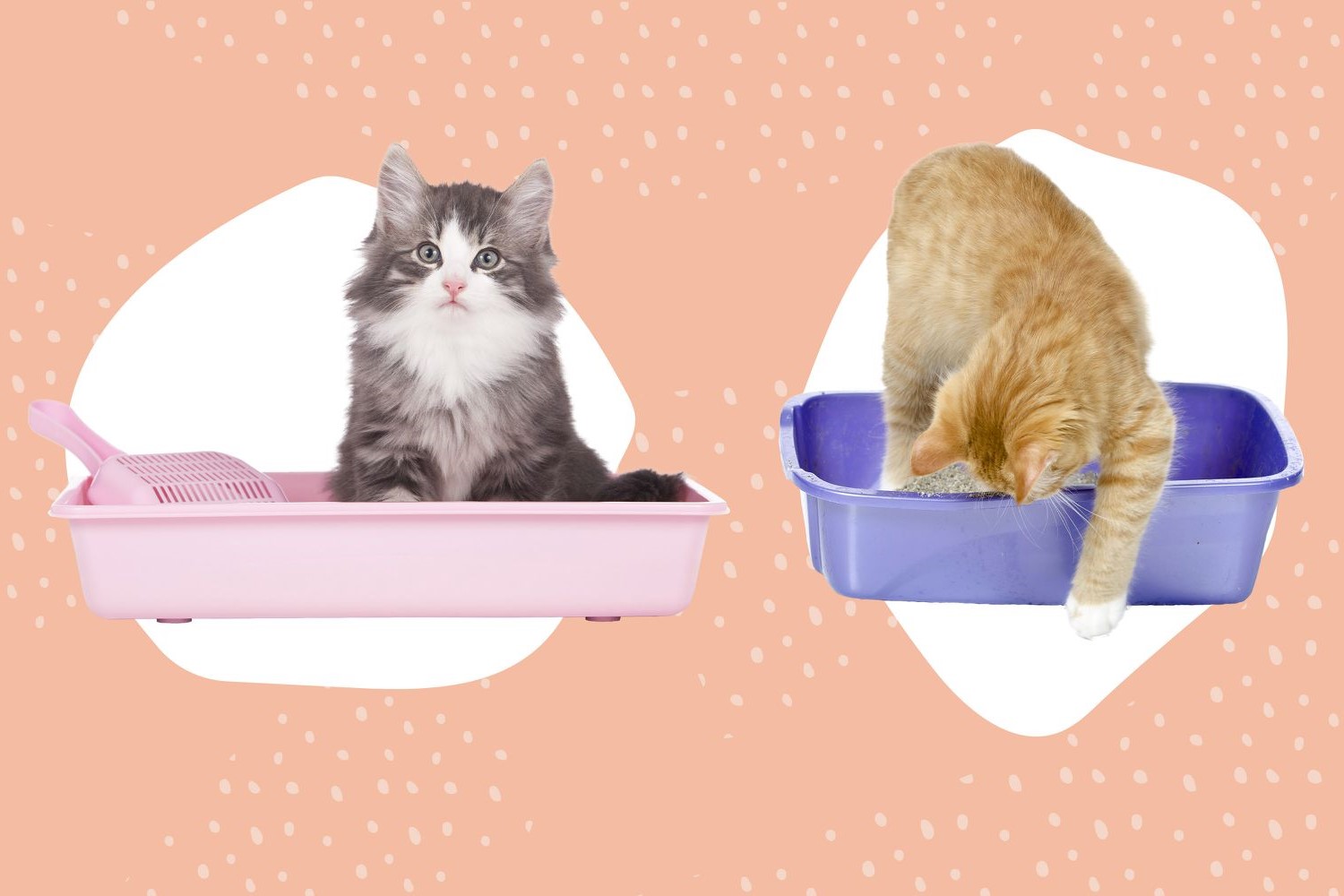
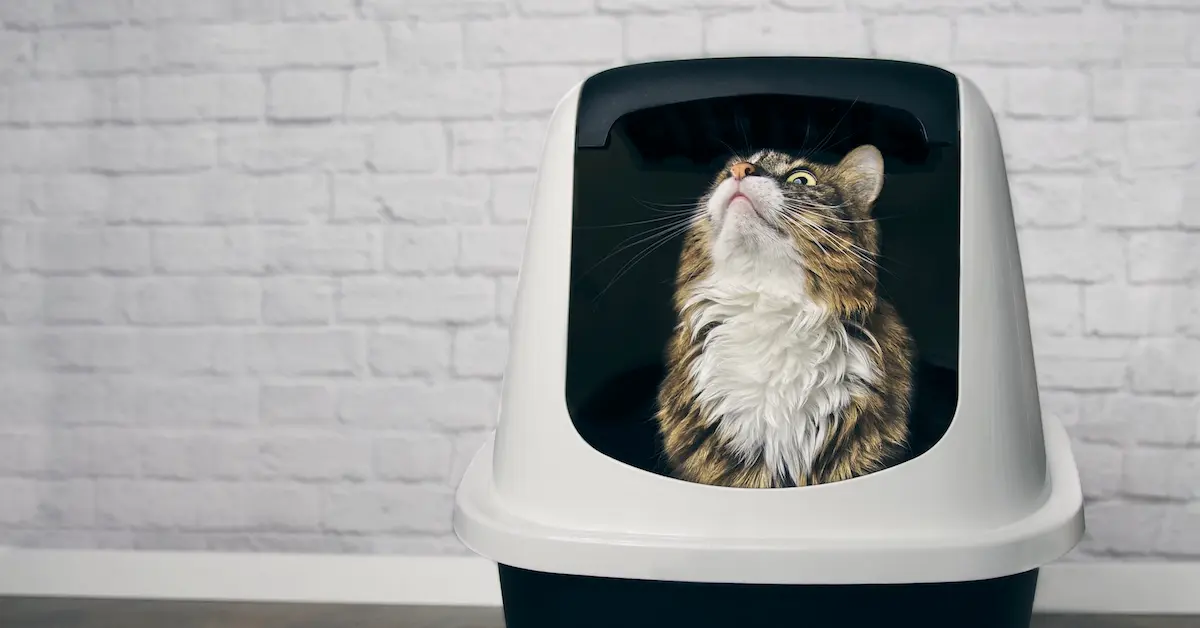
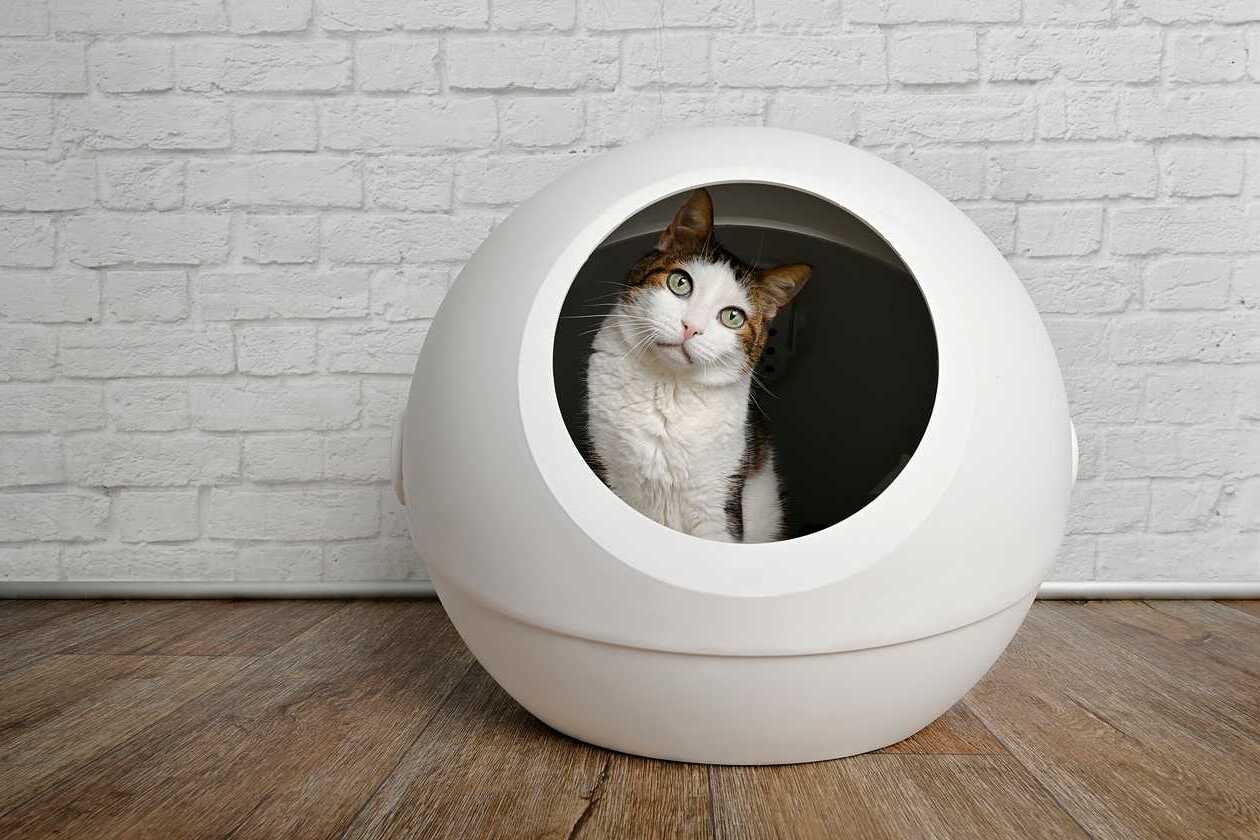
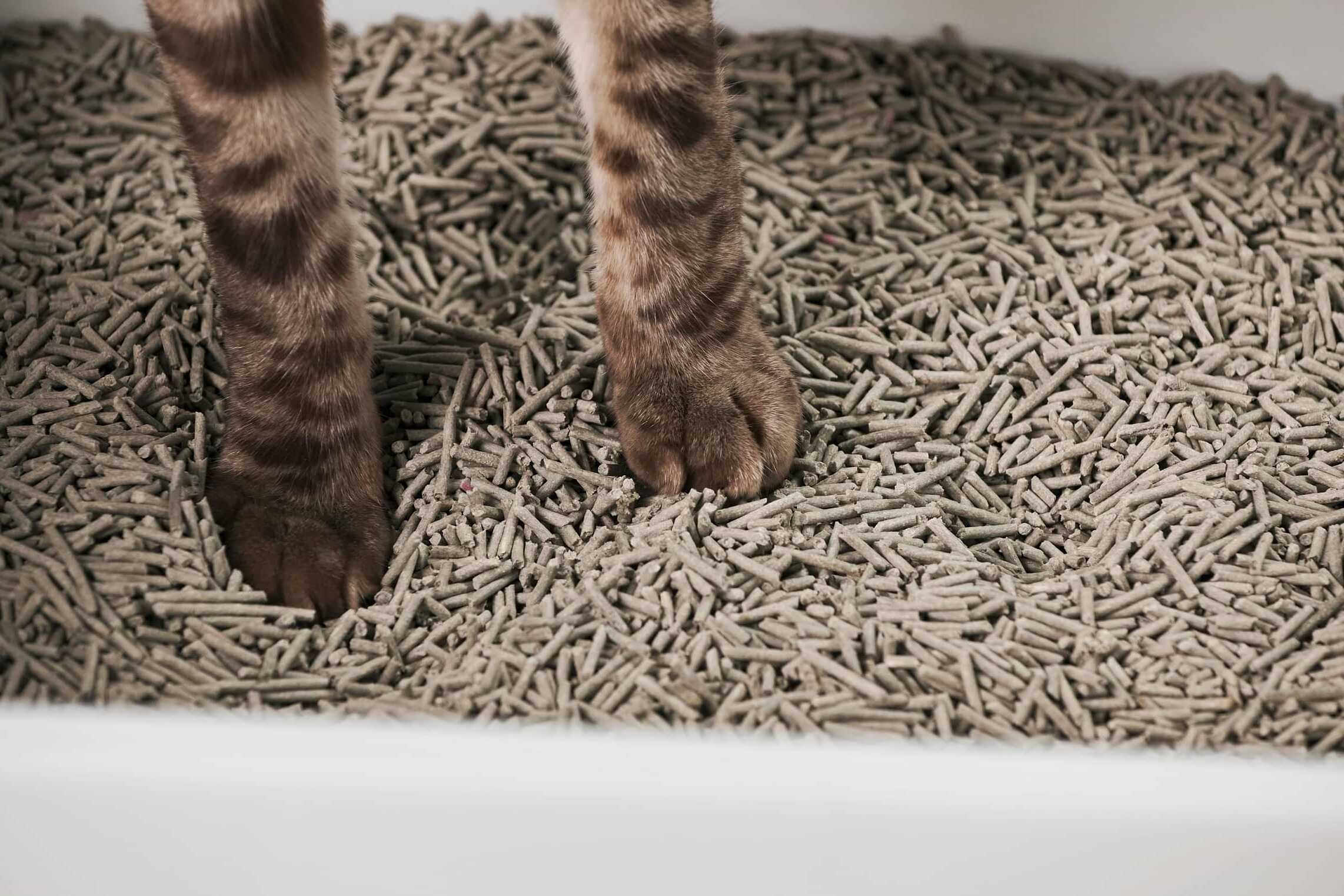
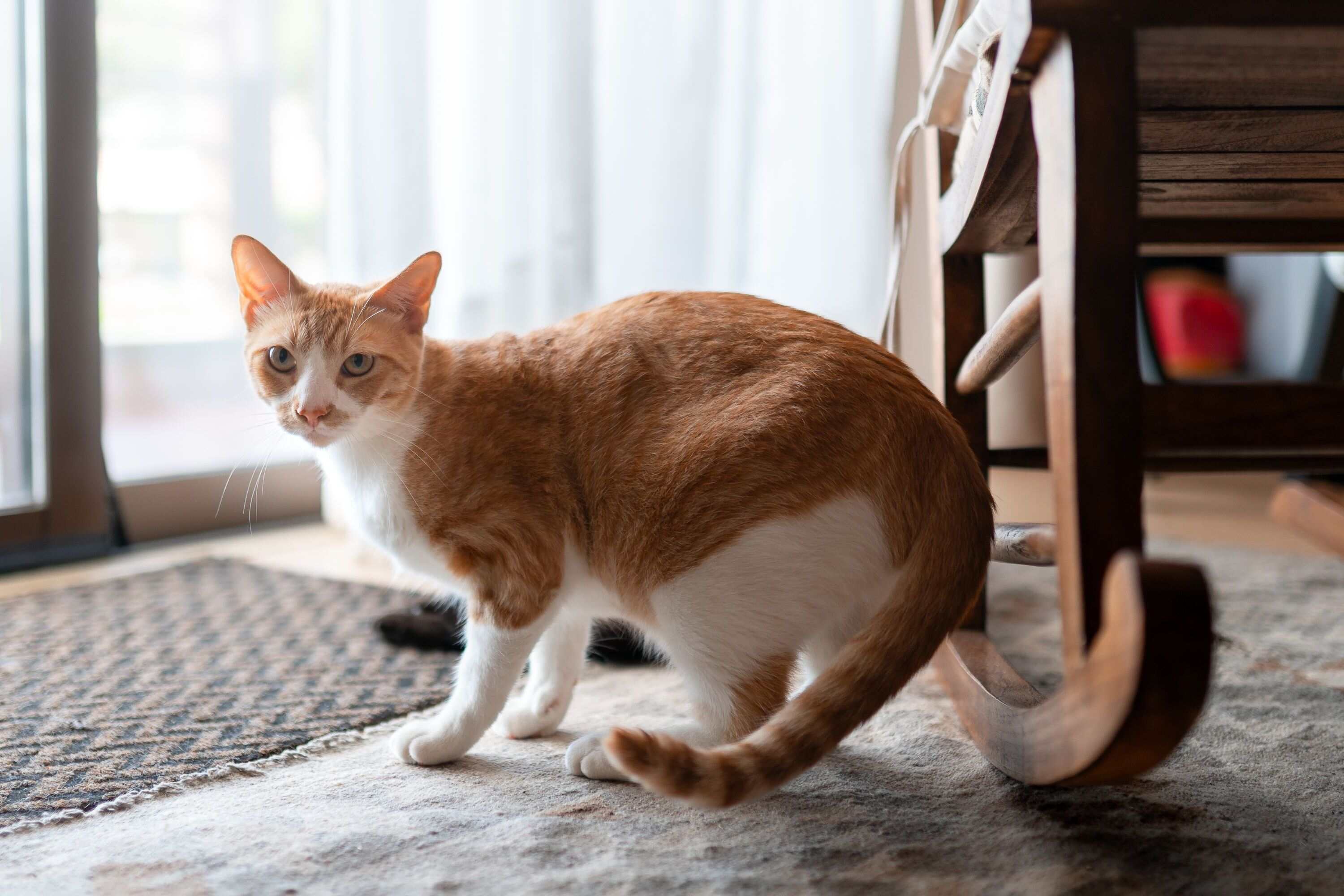
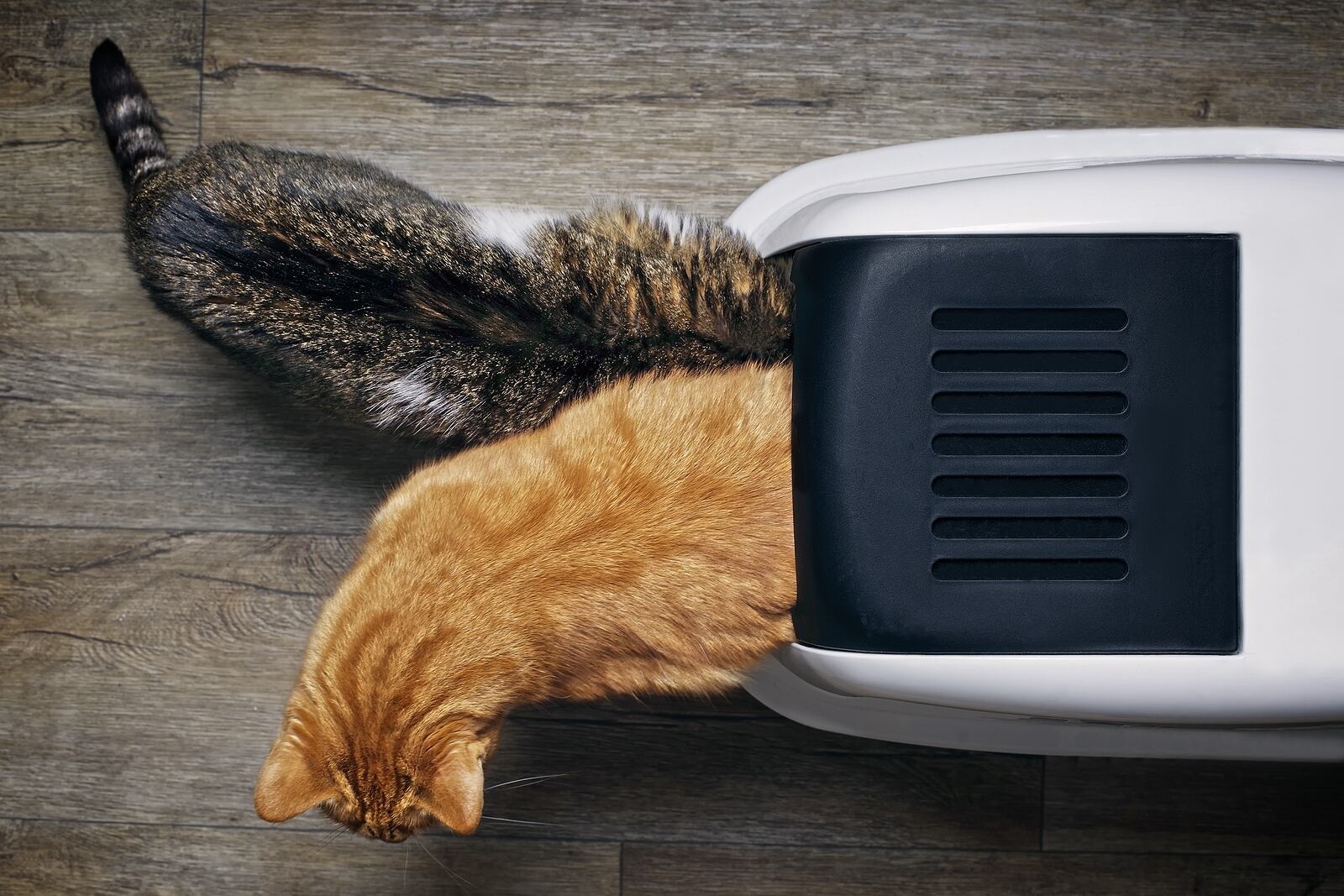
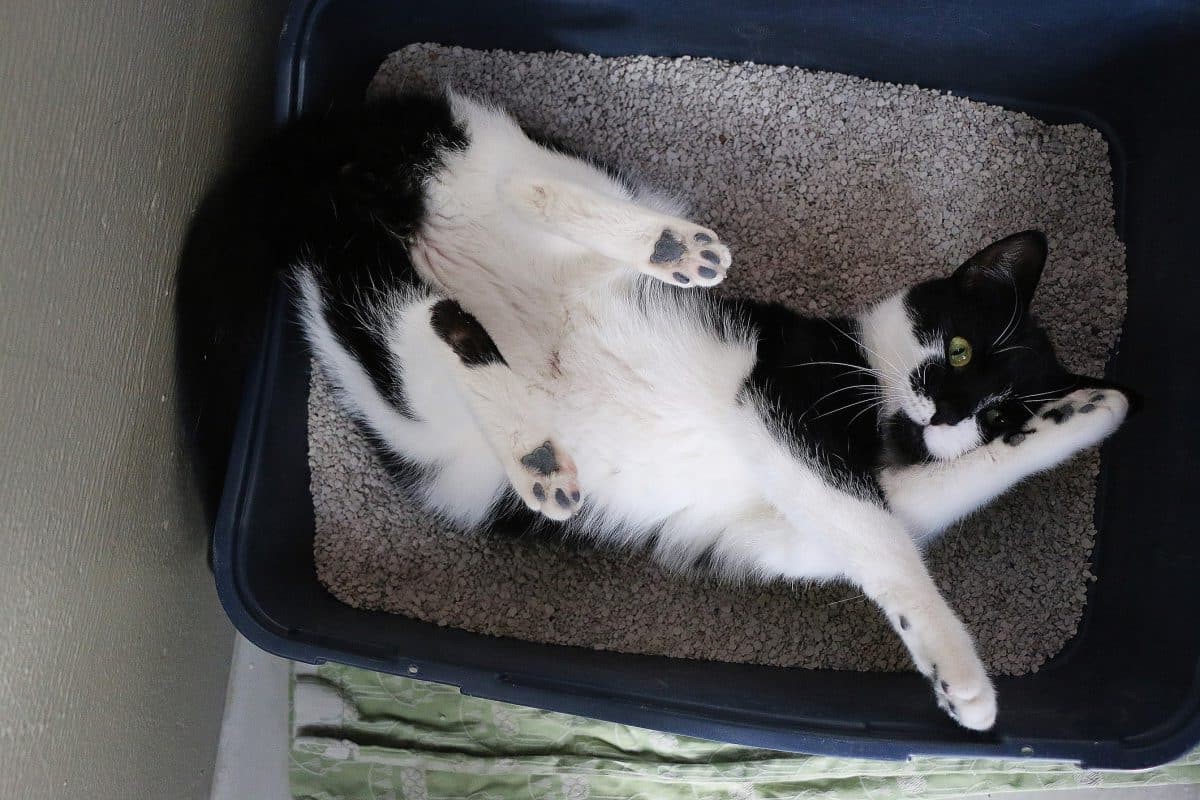
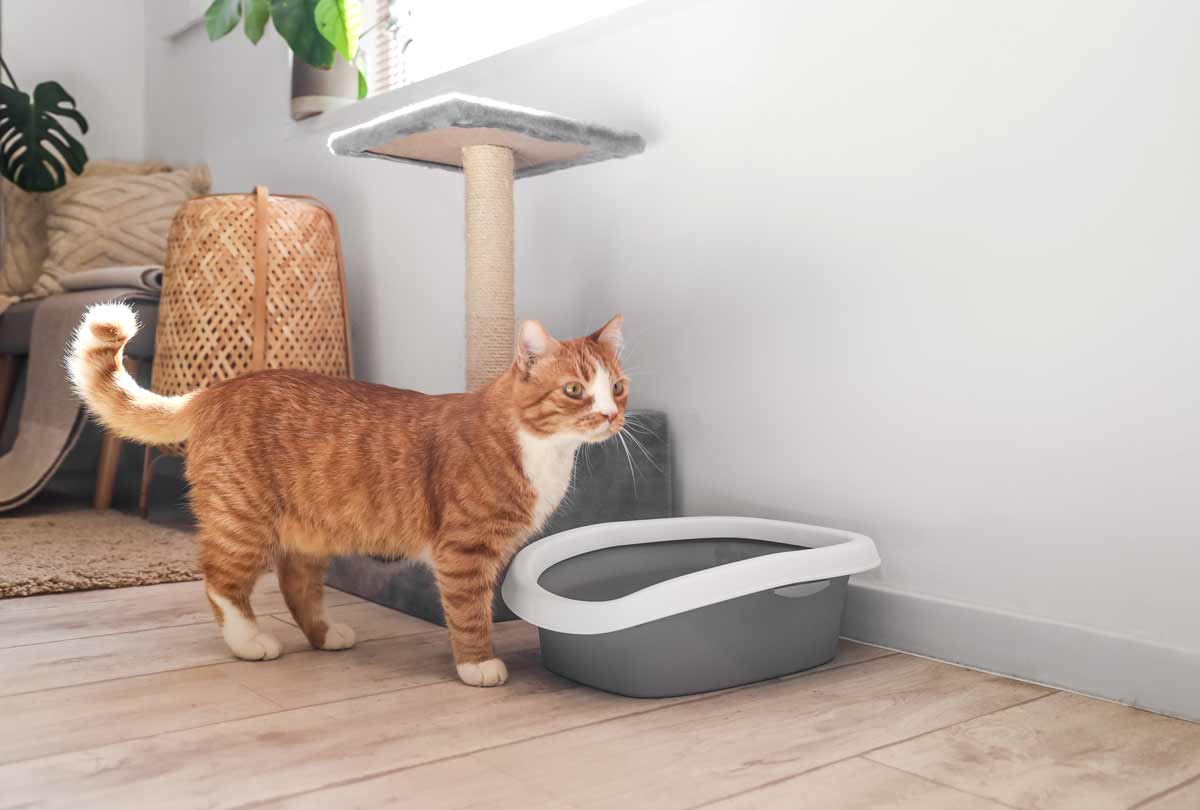
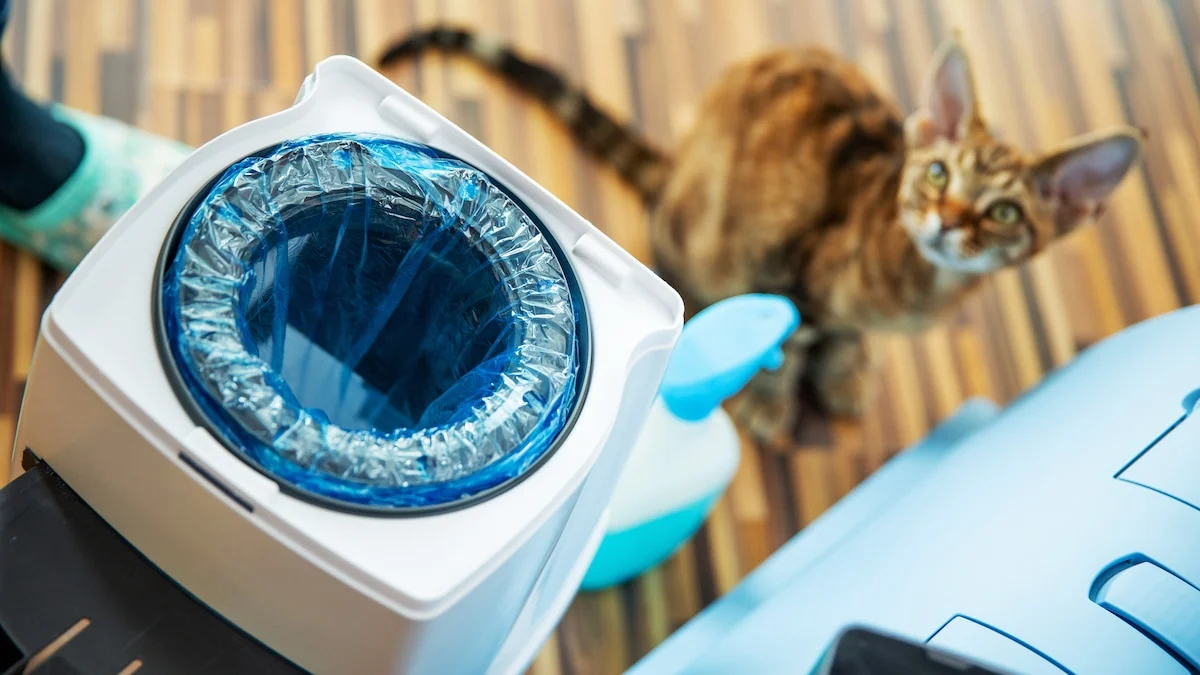
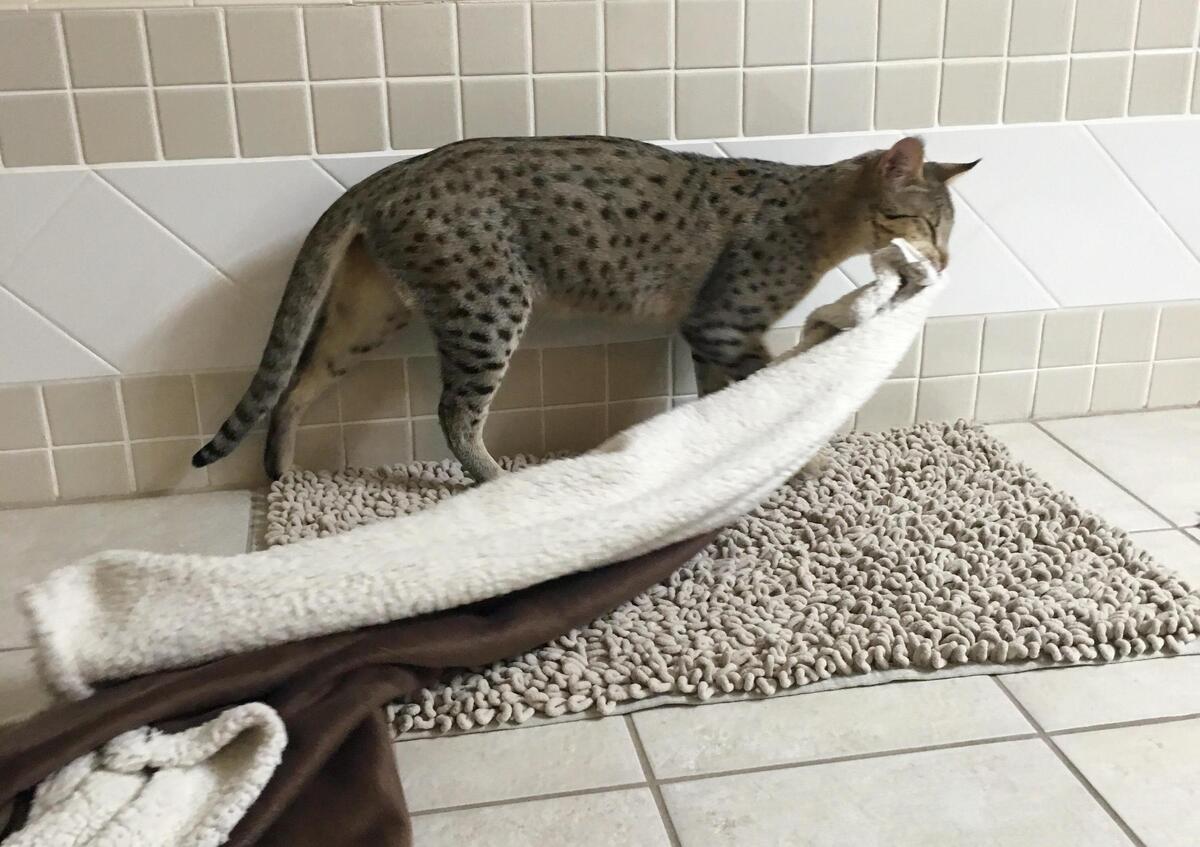
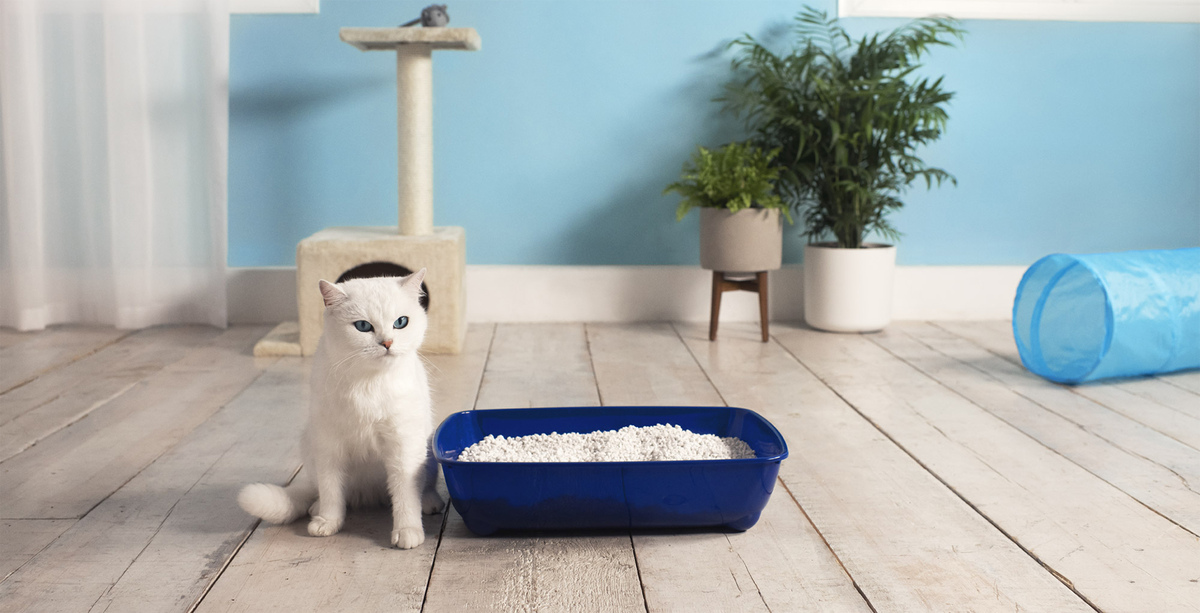
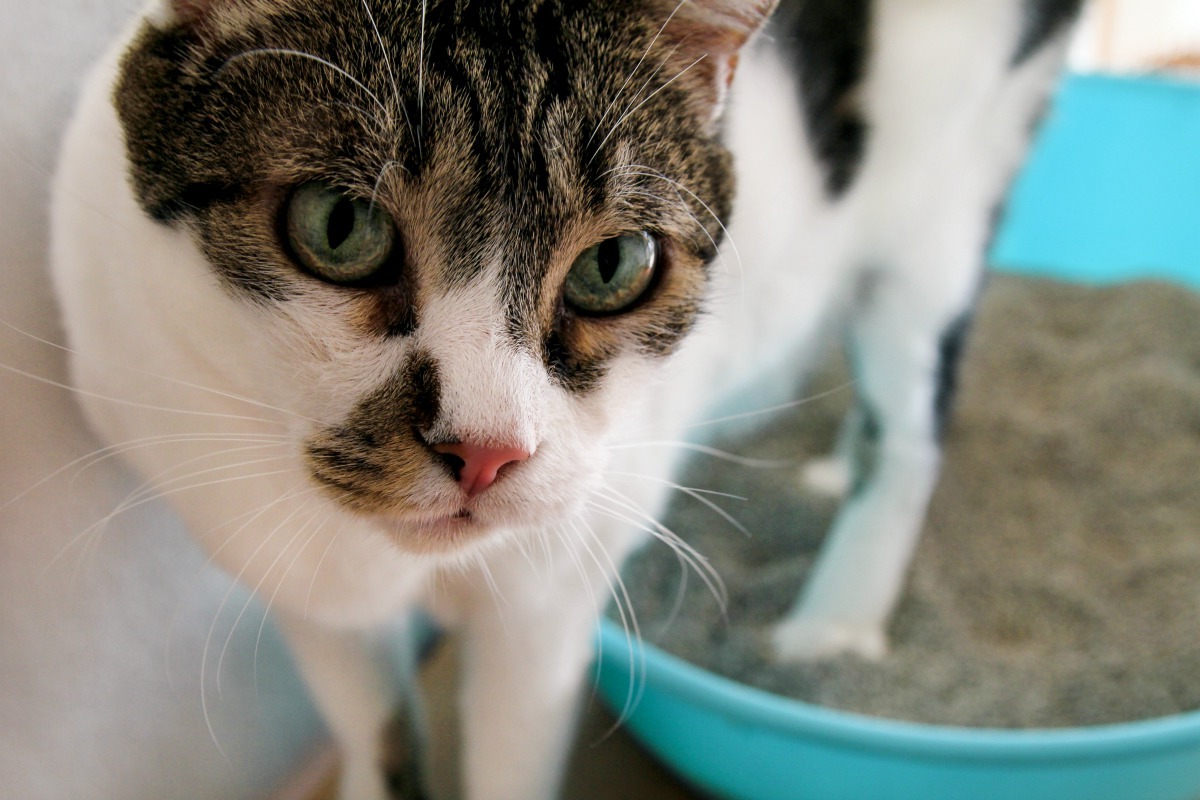
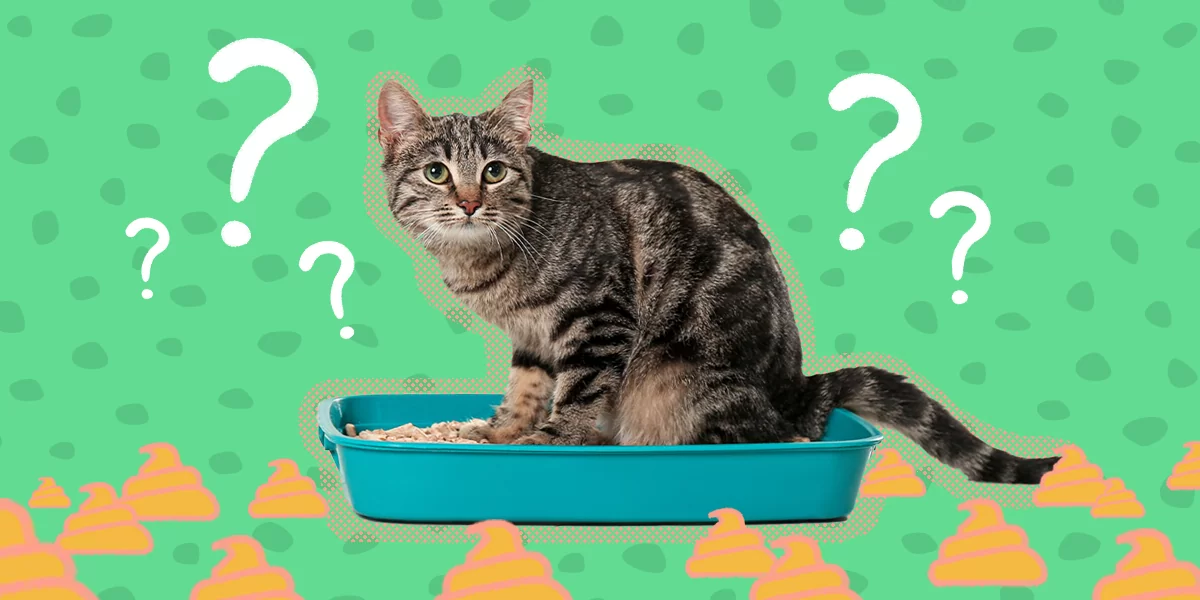
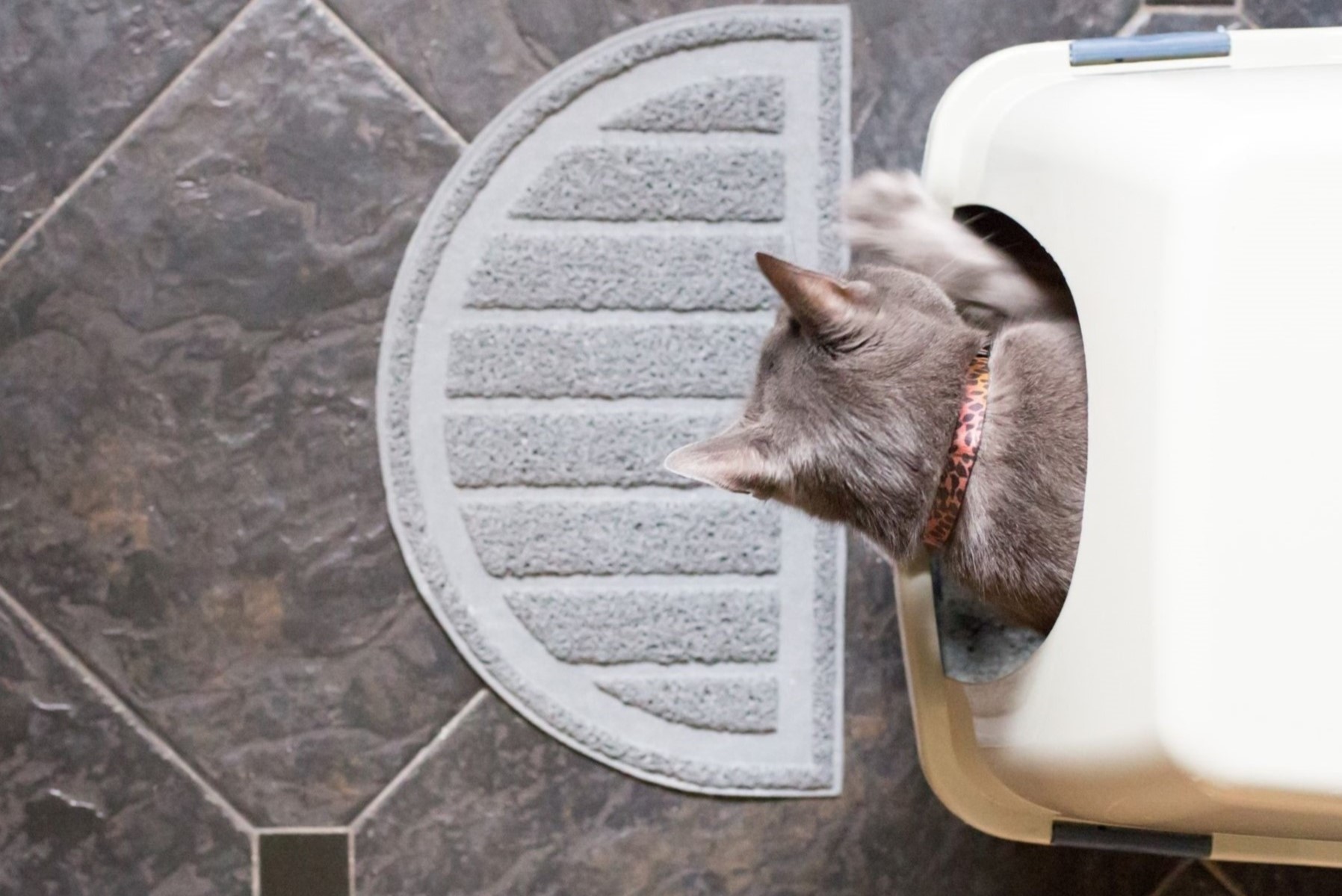

0 thoughts on “Why Does My Cat Roll Around In The Litter Box?”